Theses on the Sudan Commune
Anonymous
Other languages: Español, Deutsch, Ελληνικά
Proletarian revolutions...pitilessly scoff at the hesitations, weaknesses and inadequacies of their first efforts, seem to throw down their adversary only to see him draw new strength from the earth and rise again formidably before them, recoil again and again before the immensity of their tasks, until a situation is finally created that makes all turning back impossible, and the conditions themselves cry out: "hic Rhodus, hic salta!"
—Marx
In late 2018, Sudan was in the midst of an economic crisis. The government began to implement austerity measures. This included cutting subsidies to fuel and wheat. In response, riots broke out in Atbar, a city in the north. Protests quickly spread to a half dozen cities, and then nearly everywhere. Soon protesters were demanding not just an end to austerity but the fall of the regime.
Protests ebbed and flowed for months until early April, when a mass encampment began outside of the military headquarters in Khartoum. The occupation quickly became the site of clashes with the police, and then between different factions of the armed forces. Soldiers began to defect. Within a week it was announced that President al-Bashir had been arrested, and that a Transitional Military Council (TMC) would take power to oversee the transition to democracy.
The revolution in Egypt, which began in 2011, had been brought to an abrupt end when the military took power in a coup. Determined not to follow the same course, the movement in Sudan aimed to bring down this new military regime as well. “Victory or Egypt” became the new watchword of the revolution. Months of strikes, demonstrations, and blockades followed. The encampment in Khartoum expanded until it was nearly a mile in length, with upwards of one hundred thousand people there in the evenings. It culminated in a general strike at the end of May.
On June 3, the military regime massacred occupying protesters and burned the Khartoum encampment to the ground. The movement responded with another wave of strikes and coordinated mass protests. But soon afterwards, afraid that pushing things further meant risking civil war, representatives of the movement entered negotiations with the regime. This resulted in a power-sharing agreement in which a provisional government composed of military and civilian representatives would manage the transition.
What follows are some reflections on the uprising in Sudan and its global significance.
I. The revolution in Sudan gives us the clearest glimpse of the shape of the social revolution to come. It also poses in highest contrast the limits and potentials of contemporary struggle.
II. The Arab Spring raised the question of revolution for the first time in a generation, and opened a new global sequence of struggles. But nearly everywhere these revolutions ended in a military coup or civil war. If the revolutions in Tunisia and Egypt inspired a sense that anything was possible, the long counterrevolution that followed indicated that any attempt at changing the order of things would lead to catastrophe. This defeat cast a long shadow over the globe.
III. The revolutions in Sudan and Algeria were the first conscious efforts to go beyond the impasses reached by Egypt. They were unable to leap over these limits. But in their attempts to do so, they showed nonetheless that revolutionary attempts need not inevitably plunge the region into chaos. Historians looking back will likely conclude that this was necessary in order for a new wave of struggles to open up in the way it did in 2019.
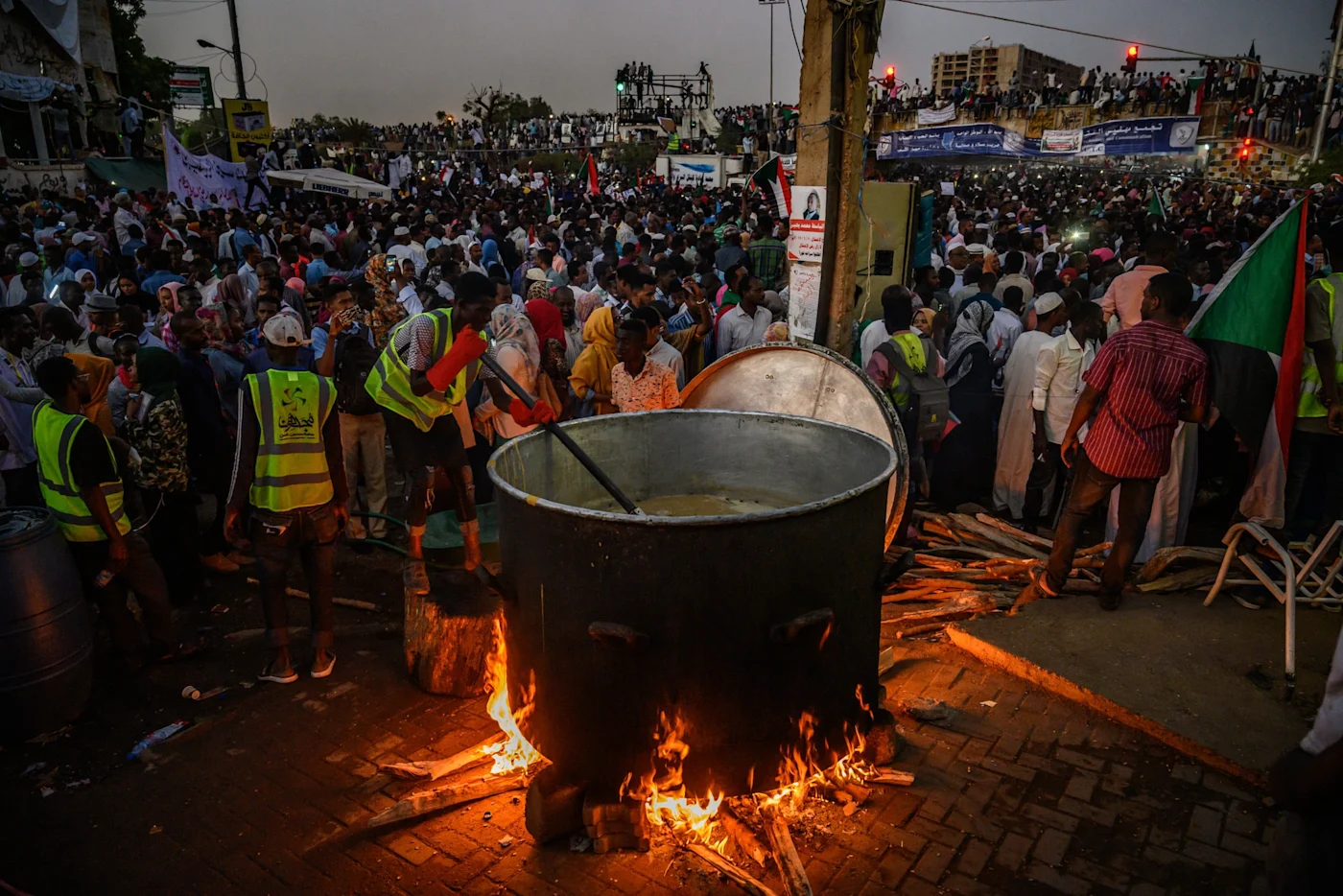
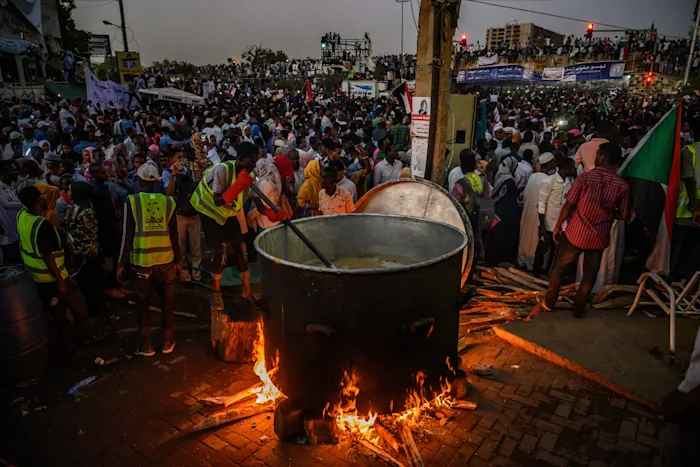
IV. The most intense struggles of our time find themselves reaching a precipice, and then turning back. To go further would mean leaping into the unknown. No one wants to be the first to jump and see whether they discover new land, or simply freefall. We do not yet know how a situation will finally be created that makes all turning back impossible, and in which the conditions themselves cry out: "hic Rhodus, hic salta!"
V. Anti-austerity struggles tend to understand themselves as a critique of state corruption. But within the long crisis, the state actually has little room to maneuver. There may be little it can do other than implement austerity, whether or not it is free from the bonds of corruption. Politicians who ride these waves of unrest into office often find themselves implementing remarkably similar policies as the governments they’ve displaced.
VI. Revolutions of our century immediately find themselves tangled in a web of geopolitics. Syria became the site of a proxy conflict between global powers. The course of Sudan’s revolution was overdetermined by more regional ones.From this we can draw two conclusions. First, revolution will have to spread quickly and find its proper scale. There is no social revolution in one country. Second, a revolutionary wave will likely have to spread and resonate across the capitalist metropoles. Struggles there are, for now, less overdetermined by geopolitical maneuvers, and may have the ability to destroy the geopolitical architecture entirely.
VII. A revolutionary situation opens the moment the armed forces refuse to fire on the crowd. The social revolutions of the 19th and 20th century were made possible by the armed forces actually collapsing, often as the result of losing an inter-imperialist war. In the ensuing chaos, it appeared possible not simply to replace the government, but to destroy the state.
By contrast, the revolutions of our century have taken place in countries where the military functions as a dual state. In Egypt, Algeria, and Sudan, this has led to an essential continuity between the fallen regime and the one that replaces it. Elsewhere, such as in Syria, the military has split over the course of the revolution, beginning a period of civil war.
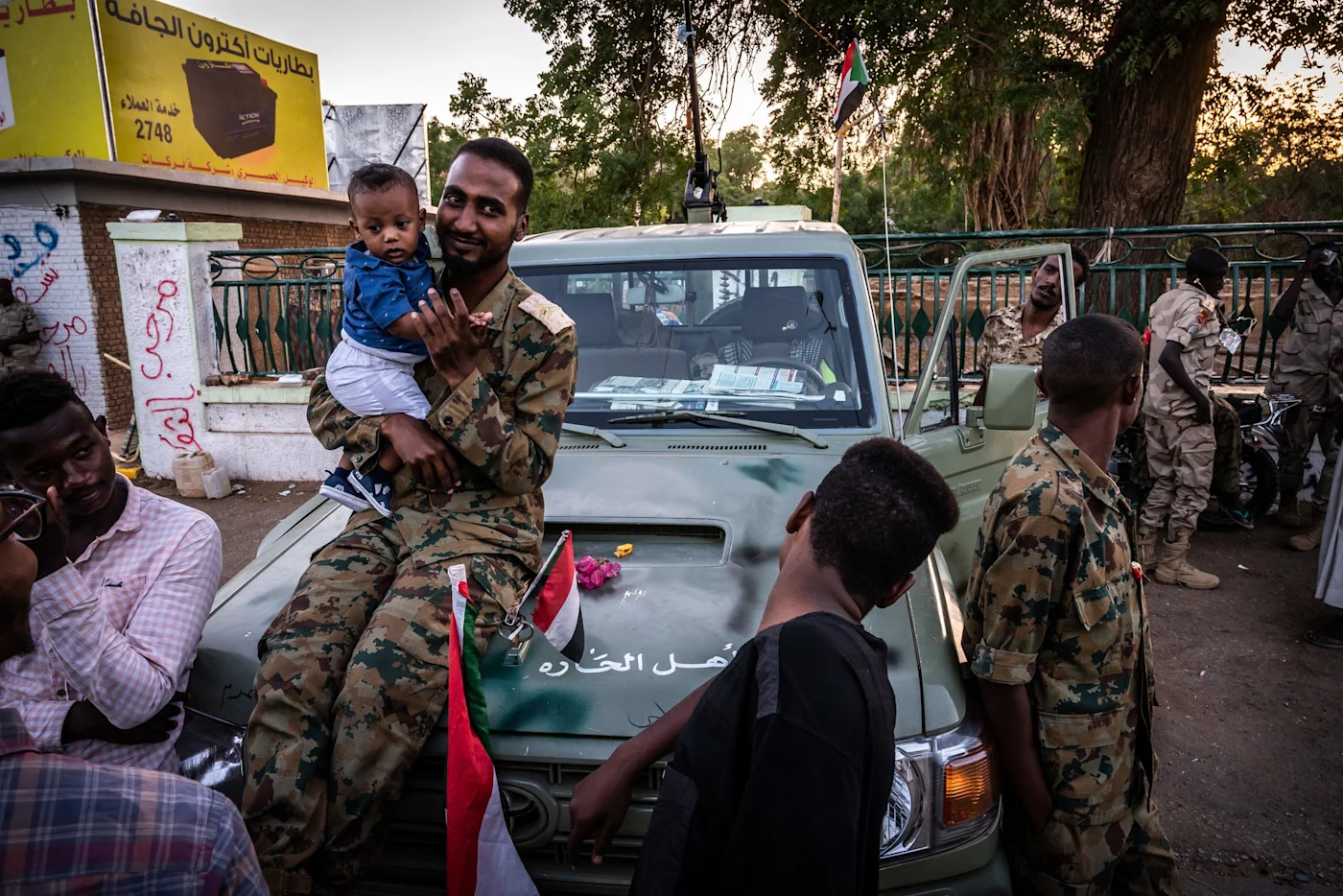
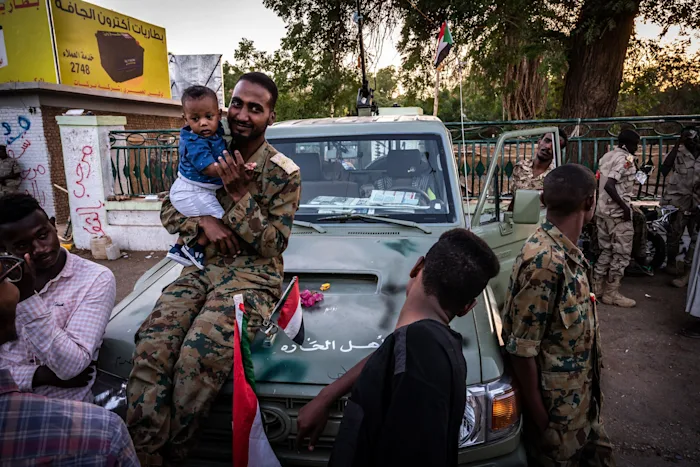
VIII. A key limit of contemporary struggles has been their inability to overcome the reigning separations in the societies from which they emerge. Sudan, a predominantly Arab Muslim country with large ethnically African and religious minorities, is build upon a foundation of racial separations. It has been further torn up by decades of civil wars and ethnic cleansing. The atrocities in Darfur are only the most infamous example.
Protesters prided themselves on having overcome these divisions in the course of the uprising. The African origins of ancient Sudan were a major theme of teach-ins and discussion at the Khartoum encampment. When, early on, the regime attempted to blame the unrest in Khartoum on students from Darfur, the movement responded with the watchword: we are all Darfuri. It is not yet clear to what extent these divisions will reemerge now that the revolutionary wave is receding.
IX. Other divisions, such as those of class and generation, did reemerge within the movement. The Transitional Military Council was able to exploit these tensions in order to drive wedges between the revolution and its popular support, between the encampment and the surrounding slums, and between the movement in the streets and the organizations that had come to represent it. These separations and disavowals set the stage for the Khartoum massacre.
X. Revolts often pass through a sequence of “rhythmic markers” that serve as pivots or turning points catalyzing new energies. The Sudan uprising passed through at least four: rioting, mass non-violence, occupation of public space, and a general strike. The ignition point for the uprising was a wave of spontaneous riots. But in order for it to generalize, it had to take on the character of coordinated mass non-violence. The occupation, the barricades, and their defense provided a context to fraternize with soldiers, for them to defect, and for splits to open within the military. The general strike was able to clarify the extent to which the movement could mobilize popular support, but was not itself enough to bring the government or economy to a halt.
XI. Militant formations forged in previous waves of struggle can act as vectors of intensification. Anti-austerity riots have come and gone in the past. A key difference in 2018 was the presence of organizations which had formed following the repression of an anti-austerity movement in 2013. This includes the neighborhood-based resistance committees and the Sudan Professional Association (SPA). By being able to provide some infrastructure, coordination, and determination, these groups were able contribute to the leap from riot to insurrection.
XII. However, these formations may also become a barrier that will need to be overcome. The organizations which had come to represent the revolution were much more eager to enter negotiations with the government than many of those in the streets. The SPA, for instance, had formed to lobby for an increase in the minimum wage, not to lead a revolution, which they felt dragged into by the youth. They were anxious for a return to normal.
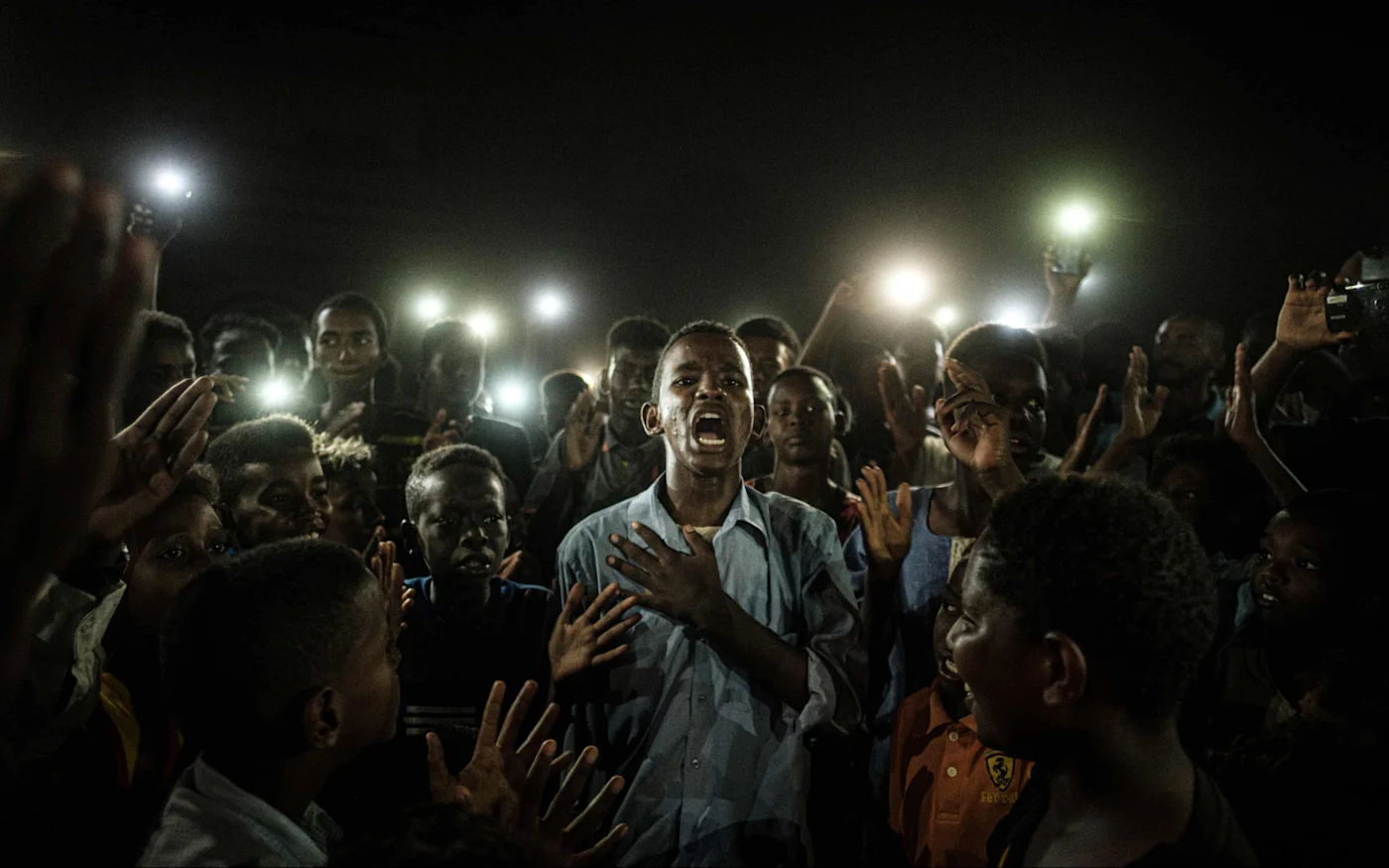
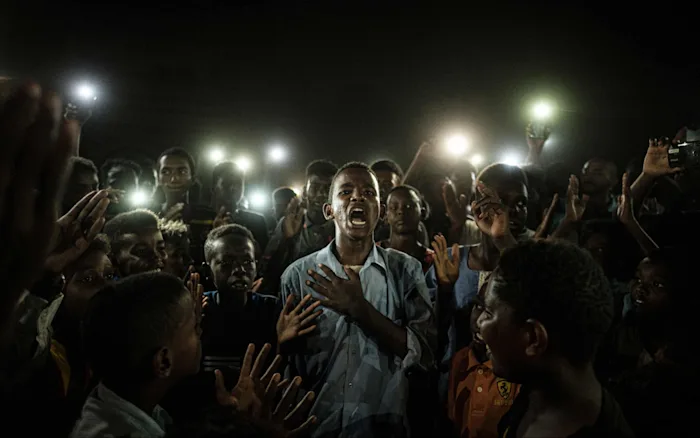
XIII. The prominence of the SPA makes clear the leading role of the professional middle classes within the revolution. Sudanese of nearly every class and social group participated in the revolution. But at its forefront were students and professionals. These groups were motivated both by their concern for the appalling conditions of the poor and by their own frustrated expectations. With the particular repressive conditions, the professional middle classes were best able to organize themselves, provide some coordination for a national movement, and articulate what appeared to be a general interest. Paul Mason remarks somewhere that the 1789 French Revolution “was not the product of poor people but of poor lawyers.” Revolution, then, might have less to do with increasing immiseration and more to do with increasing expectations that cannot be met by the present situation.
XIV. Nonetheless, the course of the uprising points towards the possibility of an autonomous proletarian politics emerging. The riots that launched the revolution began over the price of bread. The encampments were largely inhabited by the urban poor. Many of them attempted to push beyond the movement’s representatives who entered negotiations. In each step of the revolution, proletarians played a key practical role. But they were unable to find a basis to coordinate and articulate their own activity distinctly. It is possible, although not certain, that a distinctly proletarian pole will emerge in future uprisings that is confident in its own initiative.
XV. It should be remembered that it took an entire cycle of riots, insurrections, and revolutions — from 1830 to 1848 — before the proletariat of Paris began to fly the red flag over their barricades. It was not until 1871 that the choice was clearly posed between a bourgeois republic and a proletarian commune. The events of our young century may be accelerated, but these things take time.
XVI. In the encampments throughout the country, but particularly in Khartoum, we catch a glimpse of the emerging contours of the commune. As one observer put it, these encampments “inadvertently... constitute a fundamental political and social challenge to the state.” He elaborates further:
“The organization and activities of the sit-in provided an egalitarian and democratic model on which a radically different model of governance and society could have been constructed. It thus constituted the foundation of the social revolution, but few participants understood it as such, and the SPA and FFC leadership considered the sit-ins as merely instrumental.”
XVII. This commune appears to have nothing of the democratic formalism that gave the communes and councils of the worker’s movement the quality of workers’ parliaments-in-waiting. This perhaps allows us to distinguish the coming destituent commune from the constituent communes of the past.
XVIII. Observers often remarked that the Khartoum encampment had more of the feeling of festival than a political demonstration. Stages for music, theatre, and poetry performances and tents for art were scattered throughout the encampment. It was a place to experiment with how to live. This takes on a particularly urgent and subversive character in a country dominated by an Islamist regime. The Situationist International’s remark on the Paris Commune could just as easily have applied to Khartoum:“The Commune was the biggest festival of the nineteenth century. Underlying the events of that spring of 1871 one can see the insurgents’ feeling that they had become the masters of their own history, not so much on the level of ‘governmental’ politics as on the level of their everyday life.”
XIX. No one had the courage or foresight to acknowledge this development for what it was. To CLR James, the role of pro-revolutionaries was to record and reflect the spontaneous innovations that emerge in the course of struggle. This, to him, was the genius of Lenin’s April Theses, which acknowledged a leap forward that the class did not yet see in its own actions, and drew the necessary conclusions: all power to the soviets.

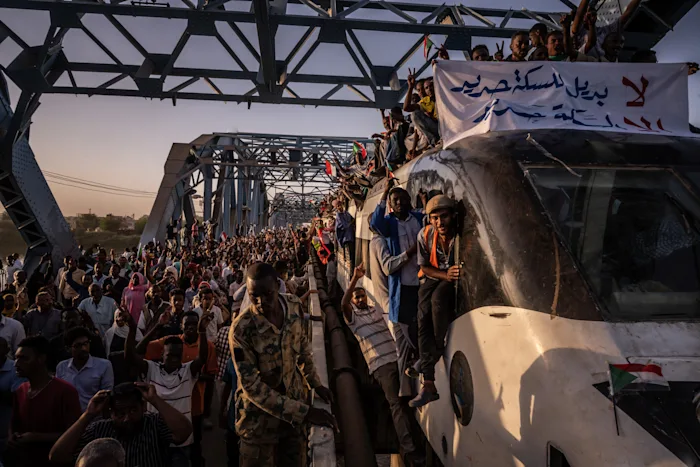
XX. The military regime clearly perceived the threat posed by the encampment, which explains the intensity with which it was suppressed. The emerging commune is the principal enemy of the state. Wherever the commune gathers, there will be a Tiananmen and, sooner or later, the tanks will appear.
XXI. As the commune emerges, its immediate tasks are clear: expansion of the area of autonomy, blockade of the economy, and defense against its enemies. With each new attack by the police, the movement responded by expanding the encampment and barricading off new roads and bridges. This strategy becomes almost intuitive once an encampment like this exists.
XXII. The emergence of the commune immediately raises the specter of insurrection, and thus of civil war. The basic dynamic is as follows: the appearance of encampments like this points towards the possibility of social revolution. This is recognized clearly by the state, which tries to repress it. In response, the encampments intuitively try to expand. This raises the question of insurrection. The commune must suppress the state in order to avoid being suppressed by it. But insurrection always entails the risk of civil war.
XXIII. One, two, many Sudans. The social war of which the Sudan Revolution was one episode is still being fought today. We will likely see new attempts to leap over the limits of contemporary struggle. With each new experiment, we may see emerge more clearly the contours of the commune and proletarian autonomy. Somewhere there may be a breakthrough, where political revolution gives way to social revolution. Then, as that breakthrough resonates outwards, we might see the spread of a revolutionary wave.
All power to the communes.
April 2021
Images: Bryan Denton, Yasuyoshi Chiba